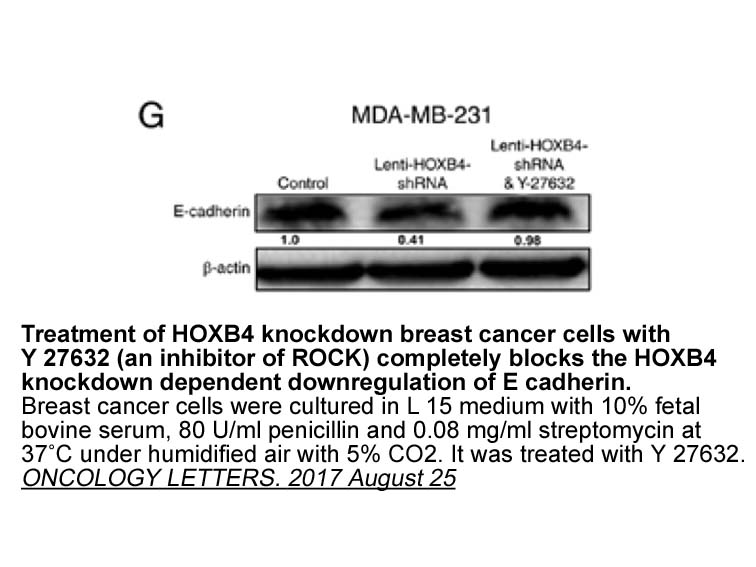Archives
Another important question for future
Another important question for future studies will be whether FAAH inhibitors work to normalize impairments in fear extinction that are known to be produced by environmental insults such as exposure to abused drugs and stress 97, 103. Indeed, several authors have posited utility of FAAH inhibitors for drug and alcohol addiction [104], and the effects related to stress are particularly pertinent given the protective effects of boosting ECBs (by inhibiting FAAH) for stress-induced anxiety-related behaviors discussed above. Interestingly in this context, deficient fear extinction caused by a restraint/swim stressor was recently shown to be rescued by intra-BLA (or hippocampal, but not mPFC) injection of a CB1R agonist (WIN55212-2) immediately after stress 105, 106. Demonstrating similar effects with selective FAAH inhibitors would support the utility of these compounds across a range of extinction-impaired settings.
Concluding remarks
Preclinical studies offer strong support for a major role of FAAH, via effects on BLA AEA–CB1R signaling, in modulating stress-induced anxiety and fear extinction. Moreover, recent clinical reports have demonstrated decreased peripheral levels of AEA and increases in Poziotinib mg CB1R-binding in patients with anxiety disorders, such as post-traumatic stress disorder [107]. Taken together, these findings encourage the development of novel anxiolytics based around restoring deficient AEA levels by pharmacologically inhibiting FAAH. Encouragingly, preliminary clinical trials with selective FAAH inhibitors, including PF04457845 and URB597, are either underway (www.clinicaltrials.gov/ct2/show/NCT01665573) or being planned. The ‘on-demand’ nature of ECB release makes it a particularly attractive target for drug development because FAAH inhibitors would selectively augment CB1R signaling in neural circuits where AEA was recruited [52]. This refined mechanism of action would avoid the widespread activity of THC or CB1R agonism and, as a result, is expected to produce fewer clinically unwanted side effects and be less liable to CB1R downregulation after repeated dosing. Although this prediction awaits thorough clinical investigation, and some important questions also remain to be addressed (Box 4), the field is at an exciting juncture and has genuine promise for advancing our understanding and treatment of anxiety disorders.
Acknowledgments
Introduction
The high comorbidity between psychological disorders and cardiovascular disease has long been documented in the scientific literature. Mood and anxiety disorders in particular have been linked to heart disease, with research showing that individuals displaying symptoms of depression or anxiety are at higher risk for cardiovascular-related morbidity and mortality (Kawachi et al., 1994, Musselman et al., 1998, Rozanski et al., 1999). A common precipitat ing factor for the onset and progression of both psychological and cardiovascular disorders in vulnerable individuals is represented by chronic stress exposure (Cohen et al., 2015). Underlying pathophysiological mechanisms may include a dysregulation of the autonomic neural control of cardiac function. Consistent with this model is evidence that both depressive and anxious subjects without known cardiac disease may display a predominance of sympathoadrenergic activation and/or reduced parasympathetic modulation, as evidenced by increases in resting-state heart rate (HR) and decreases in its variability (HRV) (Alvares et al., 2013, Chalmers et al., 2014, Kemp and Quintana, 2013, Udupa et al., 2007). These features of cardiac autonomic neural outflow are thought to bring about disturbances of myocardial electrical activity, thereby lowering the threshold for arrhythmias and sudden cardiac death (Carney et al., 2005). This raises the question of whether conventional treatments for psychological disorders are able to ameliorate autonomic function, thereby reducing cardiac risk. It is beyond the scope of this review to go into depth on the autonomic effects of conventional psychiatry medications, which have been addressed in depth by others (Kemp et al., 2014, Kemp et al., 2010, Licht et al., 2010, Licht et al., 2008, Sgoifo et al., 2015, Wu et al., 2014). However, what emerges from this literature is that
ing factor for the onset and progression of both psychological and cardiovascular disorders in vulnerable individuals is represented by chronic stress exposure (Cohen et al., 2015). Underlying pathophysiological mechanisms may include a dysregulation of the autonomic neural control of cardiac function. Consistent with this model is evidence that both depressive and anxious subjects without known cardiac disease may display a predominance of sympathoadrenergic activation and/or reduced parasympathetic modulation, as evidenced by increases in resting-state heart rate (HR) and decreases in its variability (HRV) (Alvares et al., 2013, Chalmers et al., 2014, Kemp and Quintana, 2013, Udupa et al., 2007). These features of cardiac autonomic neural outflow are thought to bring about disturbances of myocardial electrical activity, thereby lowering the threshold for arrhythmias and sudden cardiac death (Carney et al., 2005). This raises the question of whether conventional treatments for psychological disorders are able to ameliorate autonomic function, thereby reducing cardiac risk. It is beyond the scope of this review to go into depth on the autonomic effects of conventional psychiatry medications, which have been addressed in depth by others (Kemp et al., 2014, Kemp et al., 2010, Licht et al., 2010, Licht et al., 2008, Sgoifo et al., 2015, Wu et al., 2014). However, what emerges from this literature is that  traditional medications for depression or anxiety (including tricyclic antidepressants, serotonin reuptake inhibitors and benzodiazepines) may not lead to a full normalization of resting HR or HRV, or may even worsen HRV indexes. In addition, conventional antidepressant drugs may have cardiotoxic side effects, such as vasoconstriction, QT prolongation, and promotion of arrhythmias (Glassman et al., 1998, Sheline et al., 1997). This warrants the search for alternative pharmacological approaches for depression and anxiety that could also be beneficial for cardiac health.
traditional medications for depression or anxiety (including tricyclic antidepressants, serotonin reuptake inhibitors and benzodiazepines) may not lead to a full normalization of resting HR or HRV, or may even worsen HRV indexes. In addition, conventional antidepressant drugs may have cardiotoxic side effects, such as vasoconstriction, QT prolongation, and promotion of arrhythmias (Glassman et al., 1998, Sheline et al., 1997). This warrants the search for alternative pharmacological approaches for depression and anxiety that could also be beneficial for cardiac health.